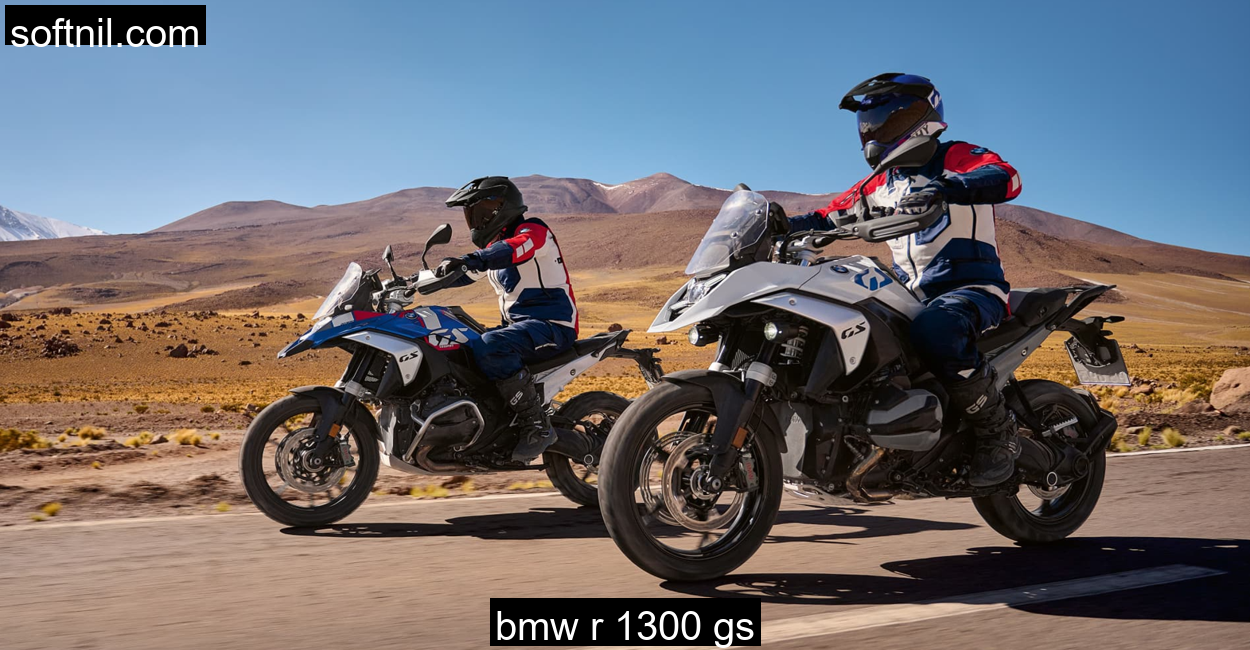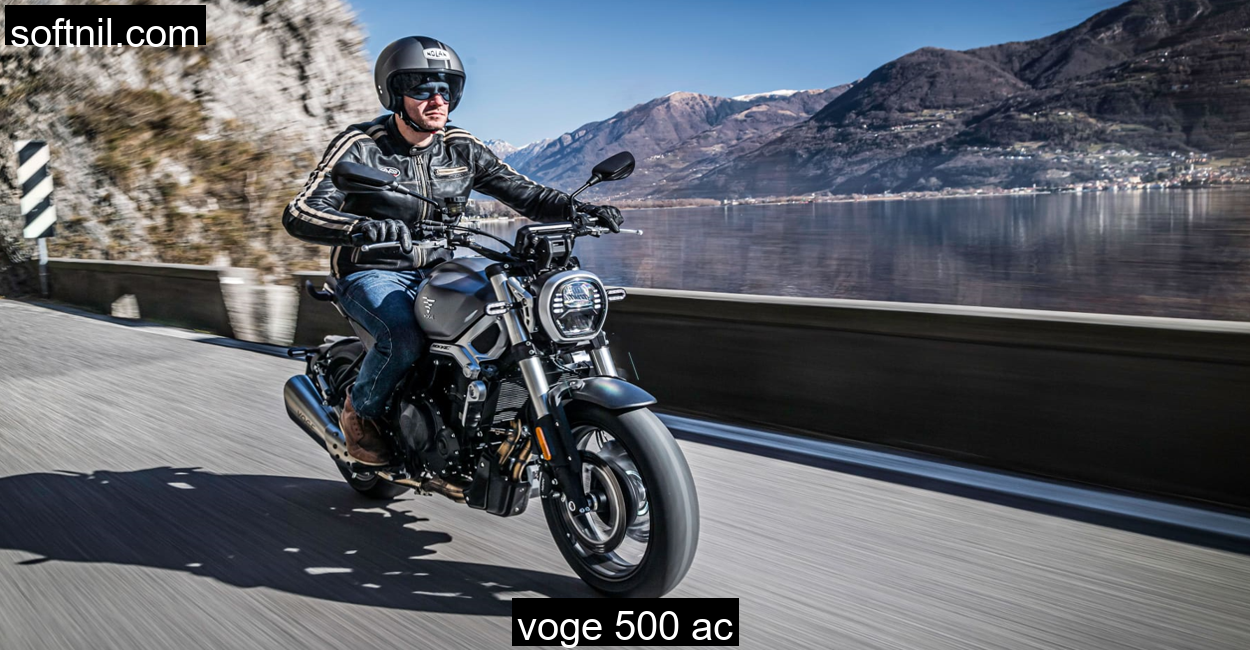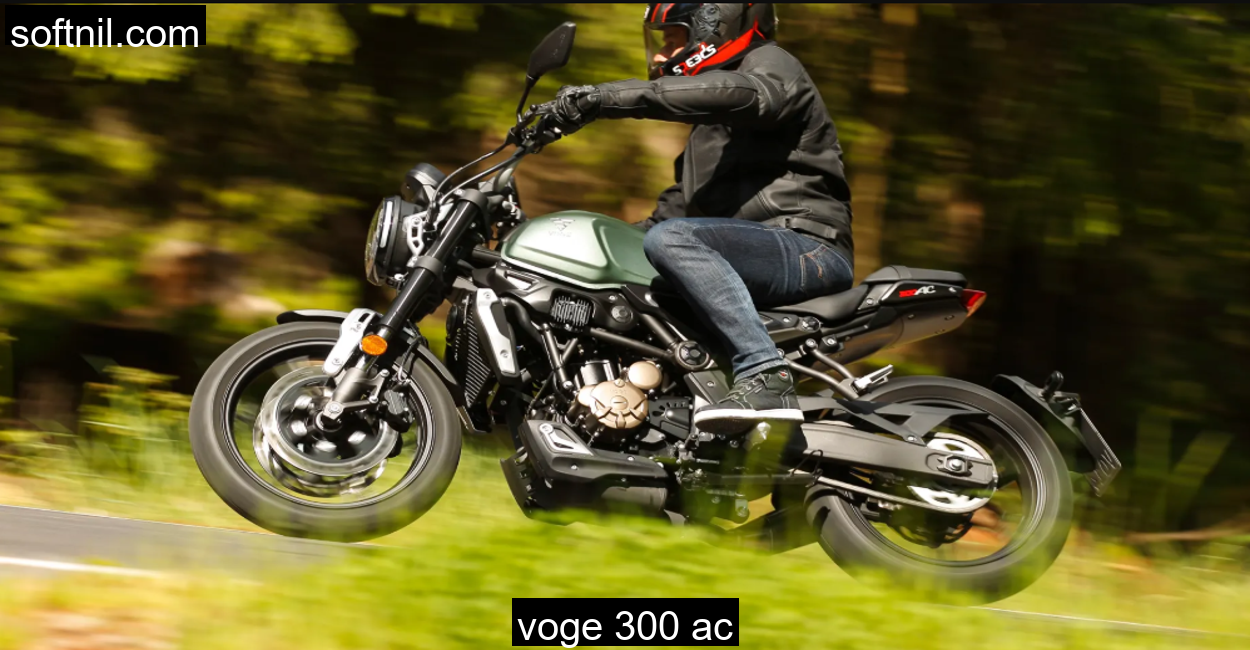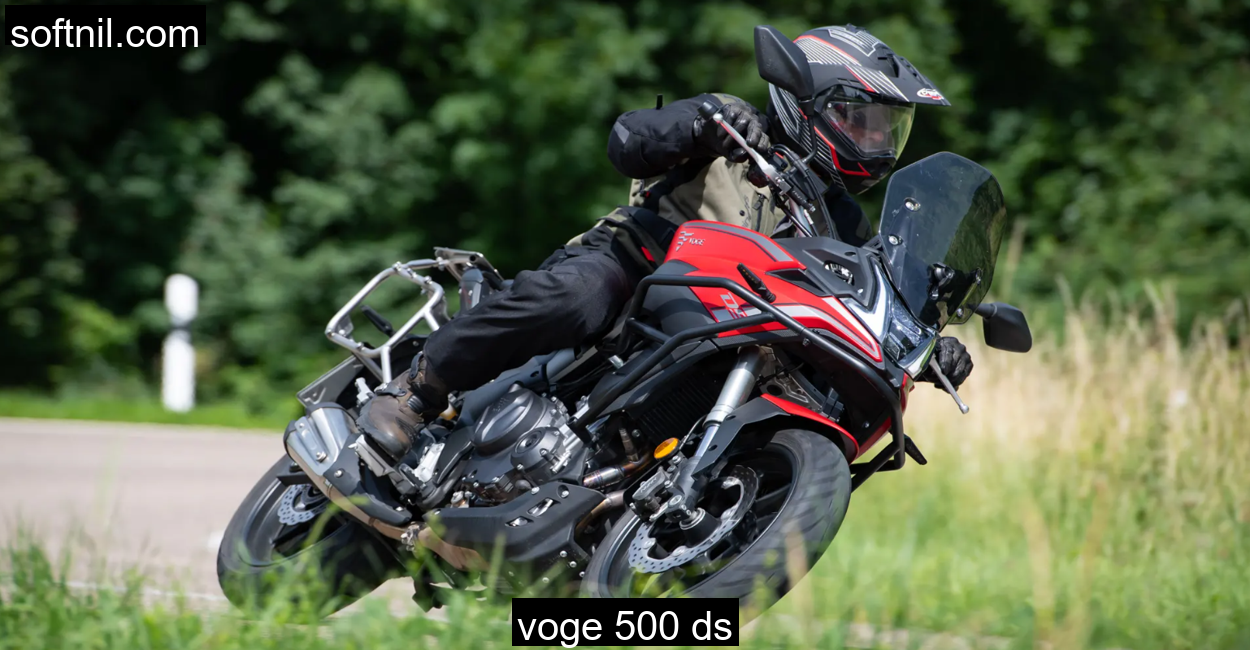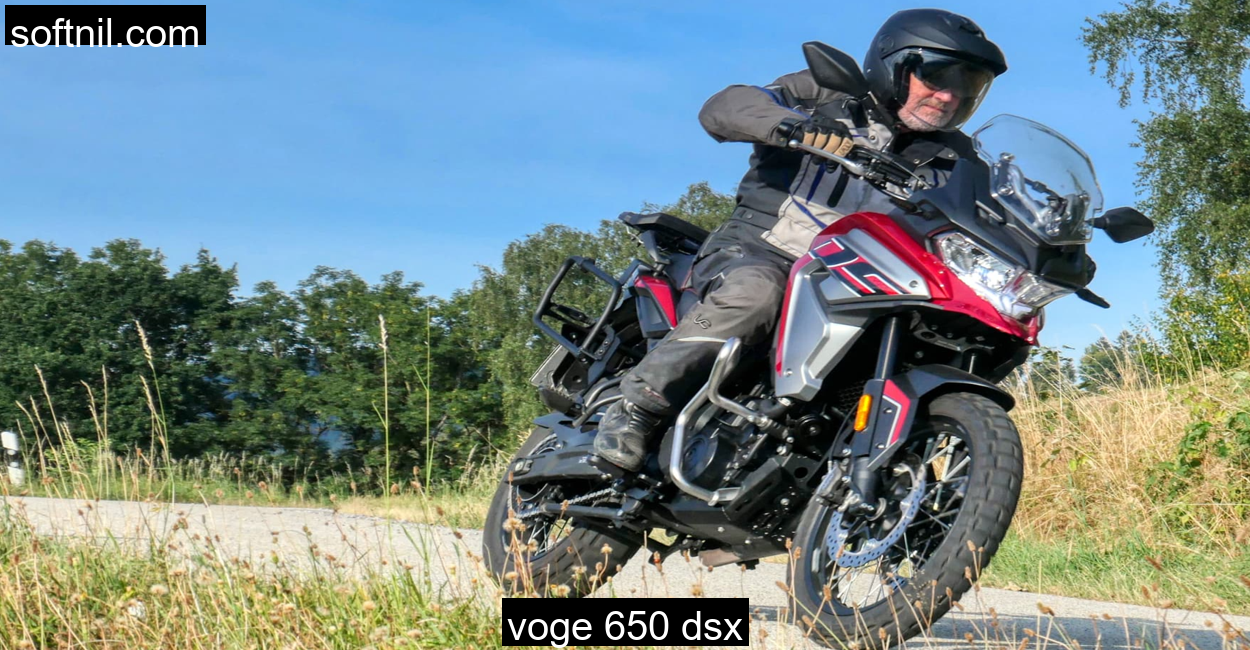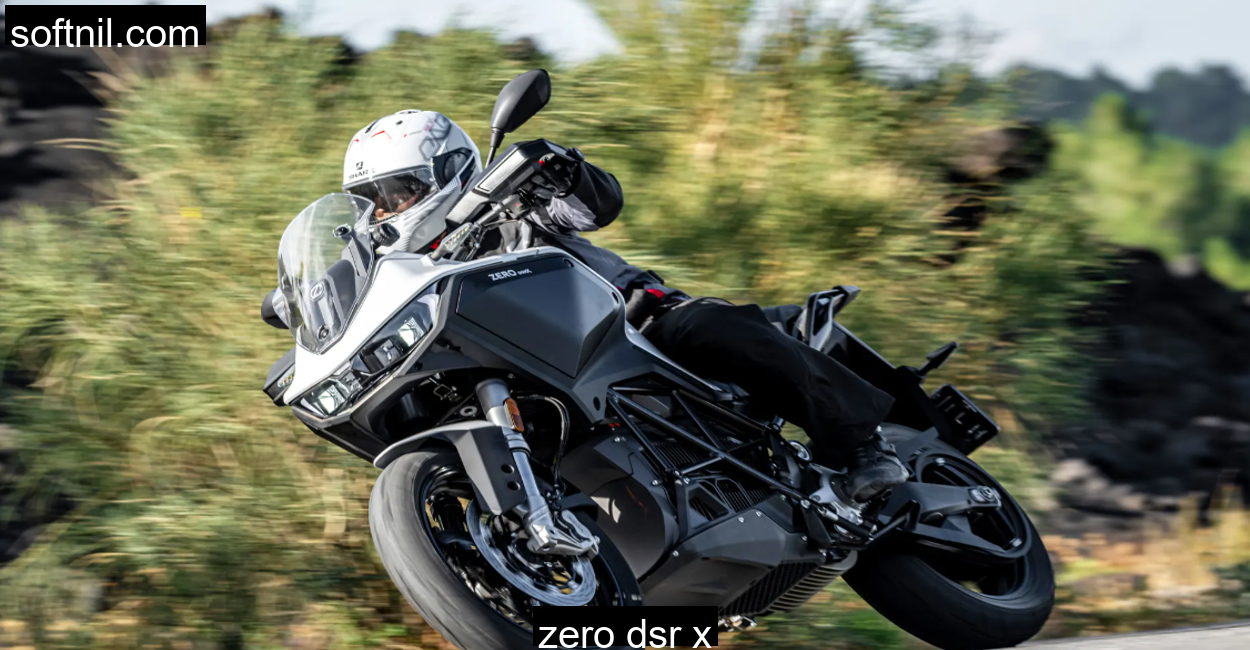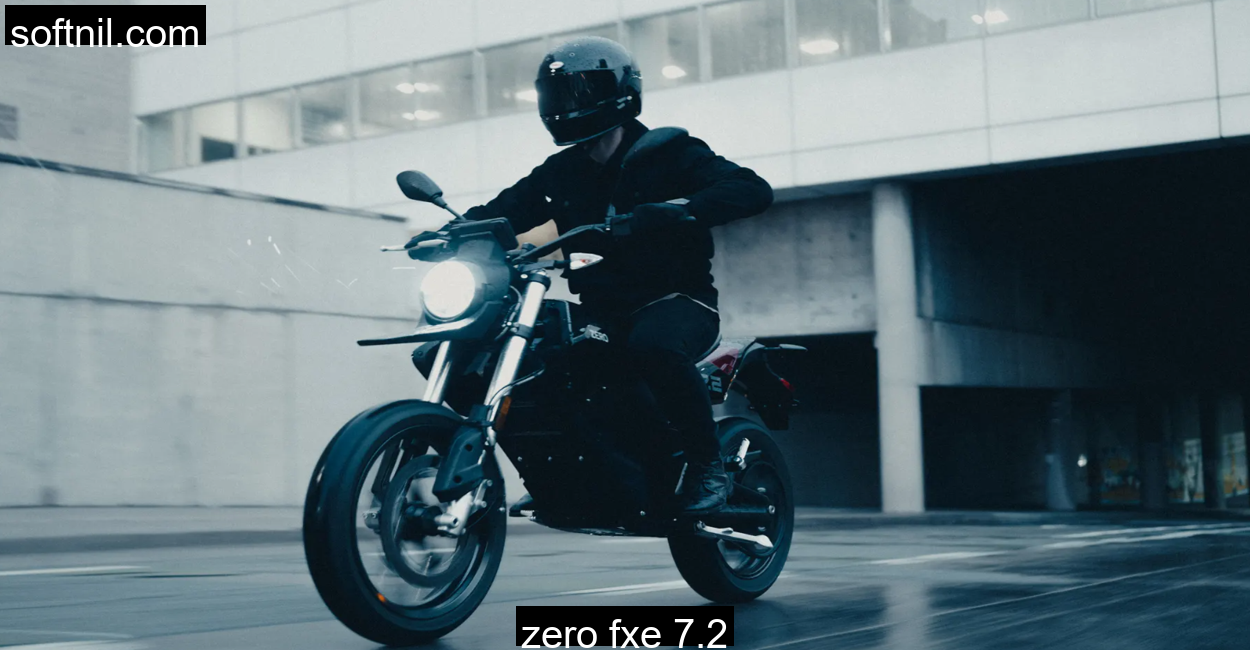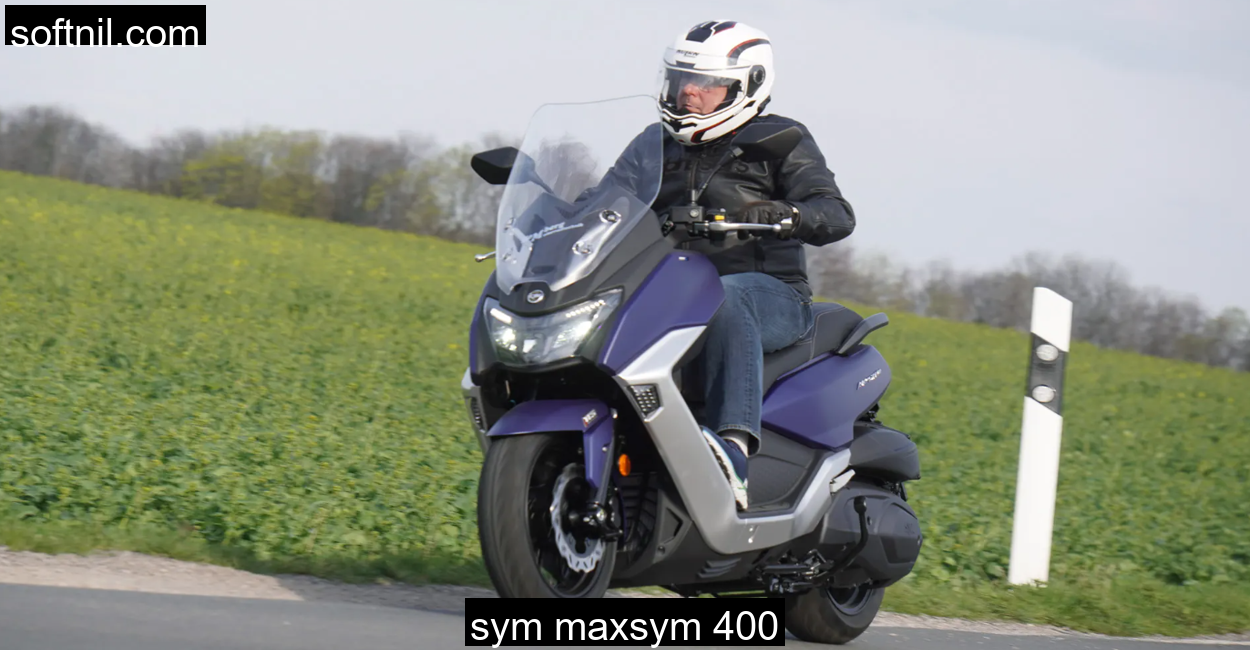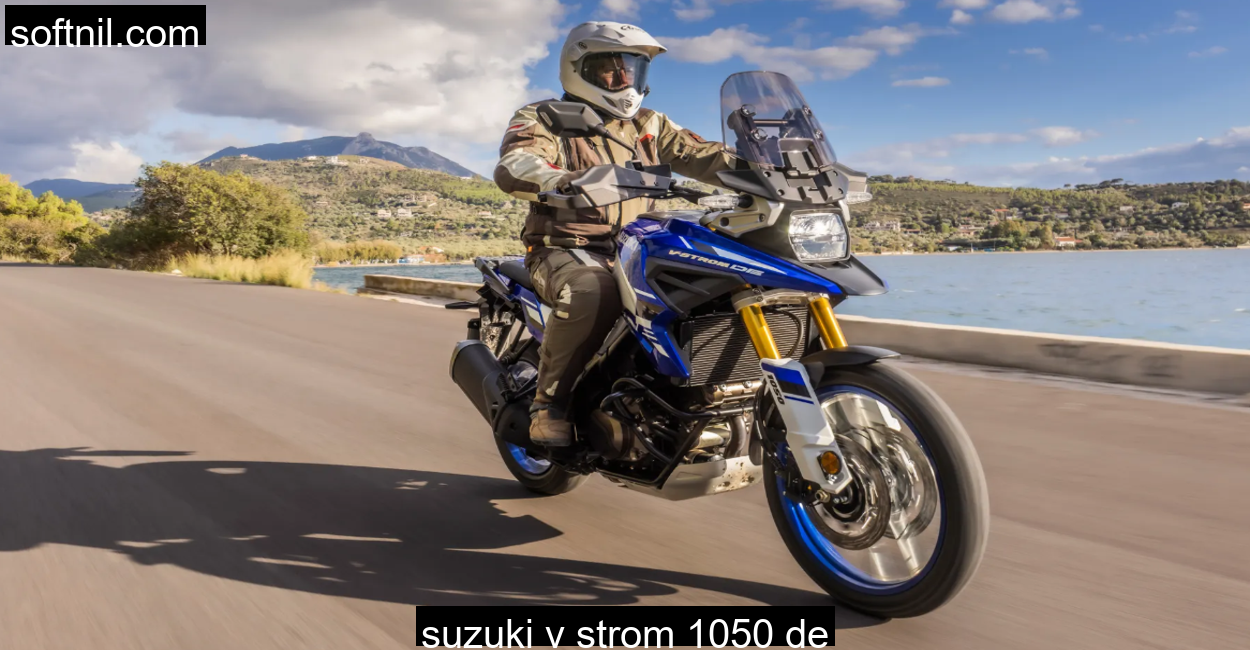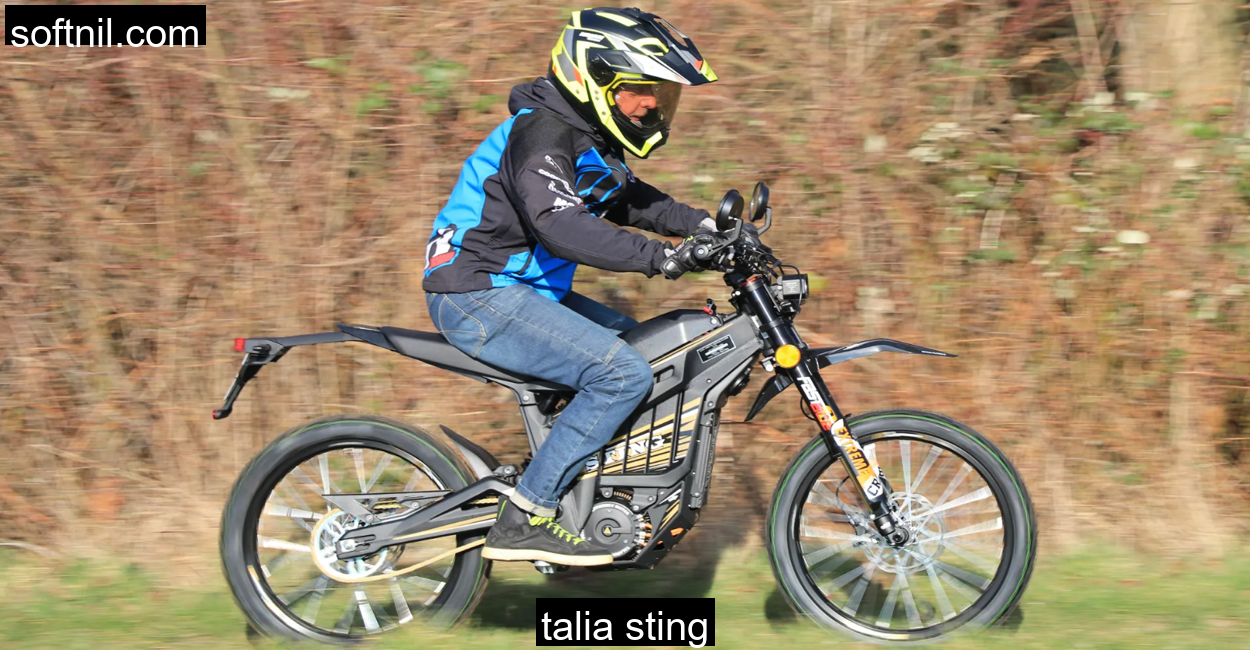Bigger, stronger, more digital: With the new R 1300 GS, BMW is giving itself a present for its 100th birthday. And its fans.
- Newly developed engine
- Four different variants
- Many standard assistance systems
Just press a button and the windshield goes up. While you’re driving. Pretty practical – and typical of a BMW GS. For decades, the BMW GS has been the best-selling motorcycle with an engine capacity of over 500 cc in many countries around the world. The large travel enduro enjoys a similar cult status among motorcycle fans as a Ford Mustang or the Porsche 911 does among automobile enthusiasts. Only a few manufacturers manage to achieve this. The new R 1300 GS is intended to further cement the myth of the successful travel enduro. Spoiler: It has what it takes.
Table of Contents
In the test: 145 hp engine

The heart of the engine is a new boxer engine with a larger displacement and a new engine housing with semi-dry sump lubrication. This is intended to minimize foam formation in the oil at high speeds and ensure better lubrication. Instead of using primary air cooling of the cylinders as before, BMW is using liquid cooling for the new engine. This increases performance while complying with current emissions laws. The newly developed 1.3-liter two-cylinder boxer engine produces 107 kW/145 hp at 7750 rpm and 149 Nm of torque at 6500 rpm. This makes it the most powerful boxer engine of all time. It takes around 3.4 seconds to go from 0 to 100 km/h, and the top speed is 225 km / h. Thanks to the gearbox now positioned under the engine, the drive is slimmer, shorter and lighter. The main frame made of sheet metal shells also minimizes weight. Climb onto the well-padded seat. The remote control key stays in your jacket pocket, the button on the right handle brings the GS to life, the 6.5-inch TFT display flashes briefly . Press the start button and the boxer shakes as always, but after a few seconds it begins to purr contentedly. The “Road” driving program is selected using the mode button . Other options include “Rain”, “Eco”, “Enduro” and “Enduro+” (optional). You sit upright and comfortably behind the handlebars and quickly shift through the six gears. The last gear engages at 50 km/h and around 2000 rpm. This means you can cruise relaxed without sacrificing powerful acceleration: from 2500 rpm onwards, almost 120 Newton metres are available. This means the GS rolls smoothly along country roads and effortlessly clocks up the kilometres. But the GS can also do other things. Once you switch to Dynamic or Dynamic Pro and change the display to “Sport” – the GS becomes a sports bike . If you want to, you can use the travel enduro to give sports bikes a run for their money on winding country roads. The GS then hangs greedily on the gas, willingly revs up to 9000 rpm, tickling your inner thighs slightly, while the handlebars don’t transmit any vibrations to your hands. Once in the flow, the ride on the GS is like a smooth ski descent. It’s amazing how lightly a bike weighing around 250 kilograms can be moved. The only thing that takes some getting used to is the hard drag of the engine in the first few kilometers, and the abrupt braking is irritating at first.
New chassis
BMW has put a lot of brainpower into the chassis. The Evo Telelever is used on the front fork, and the new Evo Paralever rear wheel control at the rear. They ensure precise steering and driving stability. A new generation of the electronically controlled DSA chassis with two springs per strut automatically varies the damping and spring preload within a few milliseconds depending on the selected “Road” or “Dynamic” driving mode. The GS smooths out bumps on bad roads effortlessly, never bottoms out and feels comfortable rather than sporty and taut. When leaning, it follows the intended line almost automatically and does not need to be constantly corrected. On the motorway, the GS stubbornly follows its path without nervously following grooves. Even when braking hard from high speeds, the fork does not dive excessively. The double disc brake with two new, radially mounted four-piston fixed calipers at the front and the single disc brake with two-piston floating caliper at the rear help with this. Even on light terrain, the GS Adventure gets through gravel and sand surprisingly well – if the rider isn’t afraid of the weight. Just let it run and the GS will find its way. Off-road riders can choose a sportier, firmer setting including 20 millimeters of suspension travel.
Lots of optional assistance systems
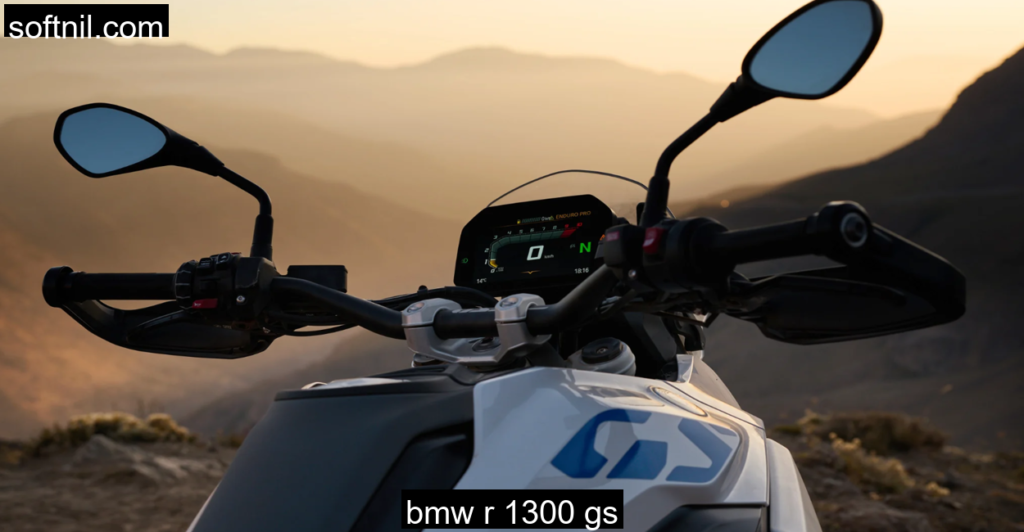
BMW is also making improvements in the assistance systems. Optional features include: adaptive cruise control with braking intervention and blind spot assistant with integrated rear radar. The blind spot symbol then appears in the relevant exterior mirror. The indicators are now integrated in the handle switches, the fully integrated ABS Pro is also standard, as are hill start assist , dynamic traction control and dynamic brake assist. Practical for smaller drivers: with the height-adjustable adaptive suspension, the GS goes up in 1.5 seconds and down again in three seconds at speeds below 50 km/h. Criticism? Not of the engine, chassis, ergonomics and the modified design with the narrow rear, but of the menu navigation. GS pilots should familiarize themselves with the adjustment options before setting off. The menus and submenus can be easily adjusted using the switches and rotary push button on the left handle, but they distract from the traffic – blind operation is not possible except for the indicators, horn and headlight flasher.
The History of the BMW G/S
When BMW introduced the R 80 G/S (off-road and road) in 1980, no one could have imagined what would develop from this machine. The G/S established the travel enduro segment over 40 years ago: with long suspension travel, cardan drive, single-sided swing arm, large wheels, large tank and plenty of ground clearance. It also offers space for two people or a lot of luggage and sufficient riding comfort – the SUV of motorcycles, so to speak. With similar advantages: high and comfortable seating, variable and suitable for many purposes. This makes it the ideal touring bike. More than 40 years after the premiere of the R 80 G/S, BMW still uses a two-cylinder boxer engine. The only difference is that it no longer measures 800 cm³ and produces 50 hp, but 1300 cm³ and 145 hp. A lot has changed in other respects in the past four decades too.
Four different variants
At market launch, BMW is offering the variants R 1300 GS, Option 719 Tramuntana, Triple Black and GS Trophy. They differ mainly in their colors and equipment . In addition to the assistants mentioned above, heated grips and keyless ignition are also part of the standard equipment. The list of options is traditionally long at BMW: In addition to the four variants, BMW offers the technology packages Innovation, Dynamic, Touring and Comfort, and for the GS Adventure the Enduro Package Pro, plus smartphone connectivity, various handlebars, four driver seats and three pillion seats in three heights. The handlebars, seat and pillion seat can be heated, an integrated lamp in the top case helps you find small items in the dark. A compartment on the tank holds and charges a smartphone, a central locking system opens and closes all cases. The bright LED headlights are available with 21 LEDs or 47 LEDs including cornering lights. This is reflected in the prices. It has never been cheap to own a GS – BMW is staying true to itself. While the previous model, the R 1250 GS, costs at least 18,300 euros, the new model costs at least 19,100 euros , the GS Trophy costs at least 19,930 euros, the Triple Black at least 19,905 euros and the Option 719 at least 21,840 euros. Fully equipped, the new GS easily exceeds the 30,000 euro mark. This doesn’t seem to shock GS fans. Shortly after the online configurator opened, over 400,000 interested people worldwide had already put together their own GS.
Technical Specification
All the technical information comes straight from BMW’s own website for reliability.
| Category | Details |
| Engine Type | Liquid-cooled, two-cylinder boxer engine |
| Displacement | 1300 cc |
| Max Power | 145 hp (107 kW) @ 7750 rpm |
| Max Torque | 149 Nm @ 6500 rpm |
| Transmission | 6-speed manual |
| Fuel System | Electronic fuel injection |
| Cooling | Liquid cooling (full, no primary air cooling) |
| Front Suspension | Evo Telelever system |
| Rear Suspension | Evo Paralever with electronically controlled Dynamic Suspension Adjustment (DSA) |
| Front Brake | Dual disc, radially mounted four-piston fixed calipers |
| Rear Brake | Single disc, two-piston floating caliper |
| ABS | Fully integrated ABS Pro (standard) |
| Front Tire | Approx. 120/70-19 (exact spec to confirm) |
| Rear Tire | Approx. 170/60-17 (exact spec to confirm) |
| Wheelbase | Approx. 1510 mm (exact spec to confirm) |
| Seat Height | Adjustable; standard around 850 mm, adaptive suspension lowers seat at low speeds |
| Weight | Approx. 249 kg (ready to ride) |
| Top Speed | 225 km/h |
| Fuel Tank Capacity | Approx. 19 liters (official spec expected) |
| Instrumentation | 6.5-inch full-color TFT display |
| Lighting | Full LED with optional cornering lights (21 LEDs or 47 LEDs) |
| Ride Modes | Road, Rain, Eco, Enduro, Enduro+, Dynamic, Dynamic Pro (depending on equipment) |
| Assistance Systems | Dynamic traction control, hill start assist, dynamic brake assist, blind spot assistant, adaptive cruise control (optional) |
| Variants | Standard R 1300 GS, Option 719 Tramuntana, Triple Black, GS Trophy |
| Key Features | Electrically adjustable windshield, keyless ignition, smartphone charging compartment, adaptive height adjustment, heated grips (standard), seat and handlebar heating (optional) |
| Price | From 19,100 euros; Option 719 from 21,840 euros |
| Manufacturing Origin | Made in Germany |
Conclusion
With the R 1300 GS, BMW not only celebrates a century of innovation but also redefines what a premium travel enduro can be. Combining a newly developed, record-breaking boxer engine with cutting-edge electronics, a lightweight yet highly stable chassis, and a long list of intelligent assistance systems, the R 1300 GS delivers unmatched versatility, power, and comfort. Whether cruising down open highways, carving through twisty backroads, or tackling rough terrain, the new GS proves to be a master of all trades. Although the premium price tag remains true to BMW tradition, the incredible engineering, performance, and legendary GS heritage make it a worthy investment for serious riders. After more than four decades, the spirit of the original G/S lives on, bigger, stronger, and more digital than ever.
